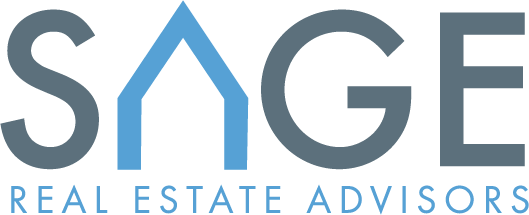The Frozen Real Estate Market: Where We Are and What’s Ahead
A healthy real estate market is characterized by opportunities for both buyers and sellers. The current metro Atlanta real estate market, however, is generally not working well for buyers or sellers. The rapid rise in interest rates shocked the market into a state of stagnation. Recovery, however, is likely on the horizon.
Rewind to early 2020 where a buying frenzy, fueled by covid and record low interest rates (as low as 2.65%), triggered an unprecedented run up in home prices in a market that simply could not keep up with demand. Intuitively, the dramatic increase in interest rates that began in spring of 2022 (topping out at nearly 8%) should have pushed home prices back down. While this seems to be happening at the lower end of the price spectrum, in most submarkets, prices have generally held steady or even inched up. The reason that prices have not fallen is the continued shortage of homes relative to demand. While there are fewer buyers, there are even fewer sellers.
Where Are the Buyers?
Record high home prices, combined with drastically higher interest rates, are keeping many would-be homebuyers out of the market. Some buyers are patiently waiting for lower mortgage rates. For others, particularly at the lower end of the price spectrum, there is a genuine affordability crisis. First-time homebuyers are especially hard hit. Consider that at the once-typical 3% mortgage rate, a buyer who qualified for a $1,500/month mortgage payment could afford a $450,000 home. At today’s 7% rate, that same $1,500/month payment buys a $290,000 home (and there aren’t many of those). The “lock-in” effect, as discussed below, is also keeping the “trade-up” buyers out of the market.
Why Won’t Sellers Sell?
Would-be sellers are experiencing the “lock-in” effect - the reluctance to sell out of a low interest rate mortgage and buy a new home financed with a much higher interest rate; owners are “locked in” to their current home. For example, a homeowner who owns a $600,000 home with a 3% mortgage and paying about $2,000/month could, with that same 3% mortgage rate and an additional $1,000/month payment ($3,000/month), move up to an $890,000 home. However, at a 7% mortgage rate, that $3,000/month payment would limit the new home purchase to $565,000. At a 7% mortgage rate, the $890,000 home would cost $4,740/month. Clearly, there is a serious financial disincentive to sell out of a low interest rate mortgage. Absent a very compelling lifestyle reason (divorce, corporate relocation, combining households, etc.), sellers are staying put which, in turn, exacerbates the inventory shortage that is keeping home prices up.
What’s Ahead?
As proven time and time again, the real estate market is self-correcting; it’s just a matter of time. The coming year will see the real estate market settle into the “new normal” of interest rates and home prices. Conventional thinking is that the ultra-low mortgage rates are gone for good and that rates will settle in at around 6%. As interest rate reality takes hold, sideline buyers will enter the market. Expect “locked-in” owners to succumb to life circumstances, compelling them to sell out of their relatively low mortgage rate and purchase with financing at the current rates. This will help to alleviate, but not eliminate, the supply issue. Buyers should manage expectations of home prices falling; depending on the submarket*, prices could drop, remain flat or moderately rise.
*As always, be careful of market generalizations. The “market” is a collection of distinct “submarkets,” each with its distinct characteristics (location, property type, function, and price point). Failing to understand this risks missing opportunities in the submarkets that are relevant to you.
